Science Illustrated delivers natural science, break through discoveries and an understanding of the world for the entire family. Packed with stunning photography and in-depth editorial it’s a visually spectacular gateway to the world looking into the beginning of life to distant objects in the universe.
Science Illustrated Australia
Trust Me, I’m a Scientist!
MEGAPIXEL VOLCANOES
Science Update
BY THE WAY
Hungry tadpoles become vicious cannibals • Biologists have discovered a new, powerful evolution driver that converts herbivores into ferocious predators.
Astronomers measured all light in the universe • Seven new stars light up in our galaxy annually. Astronomers have calculated how much light exists in the universe, so they can understand the histories of all stars.
Ask Us
Why is the air colder at high altitudes? • Cold air is heavier than warm air, so why does air grow colder with altitude?
… space junk is a major problem? • How much space junk is orbiting Earth, and how big a problem is it for space agencies?
Finding the origins of THE FIRST LIFE • The origin of life was a team effort. New experiments have changed scientists’ idea of the primordial soup that nurtured our early ancestors. The breakthrough will soon allow us to create new life in the lab.
LIFE ORIGINATED ON DRY LAND • Darwin imagined that the cradle of life was a small lake. Others have proposed the ocean floor. Microhips and quick chemical analyses challenge the old theories and brought scientists closer than ever to the enigmatic environment that nurtured Earth’s first life.
Four environments might have nurtured life • Scientists have searched for the cradle of life in many different environments – from hot springs on the ocean floor to craters left by space rocks. Now, they have narrowed down the group to include four promising candidates.
Geysers united the building blocks of life • Life originated in a small volcanic pool, which regularly dried out. Chemists have now found a place that can both supply the right materials, bring them close together, and make them cooperate to generate the first life.
SCIENTISTS PUSH THE MILESTONES OF LIFE • Photosynthesis, cell nuclei, legs, and spines – life has achieved a lot, since it originated four billion years ago. But new discoveries now change where and when life’s major milestones occurred.
Seaweeds have nine different ancestors • Multicellular organisms’ genes reveal that many of them developed their multicellularism independently of each other.
MULTICELLULAR LIFE ORIGINATED 25 TIMES • The leap from monocellular to multicellular is one of the major feats in the history of life, but new research shows that monocellular organisms’ genes take the leap easily – so easily that they took it over and over again.
Cells are made for cooperation • A series of proteins ensure that our bodies stick together and that our cells cooperate as a whole. But microscopic choanoflagellates have revealed that the proteins also exist in monocellular organisms. And there, they serve a very different purpose.
SPACEPORT TRAFFIC JAM • The number of launches is increasing, and space rockets queue up. A new generation of spaceports are in the pipeline to end the traffic jam, launch huge rockets towards other planets, and offer tourists cheap flights.
Long space missions begin at the Equator • When engineers look for a good spaceport location, they consider anything from transport for huge rocket parts, to the speed of Earth’s rotation.
Huge vehicle carries 5,000 t of rocket equipment • At a top speed of 1.6 km/h, NASA’s huge Crawler Transporter completed the nerve-racking stroll from assembly shop to launch pad with the largest rockets of all times tied to its...
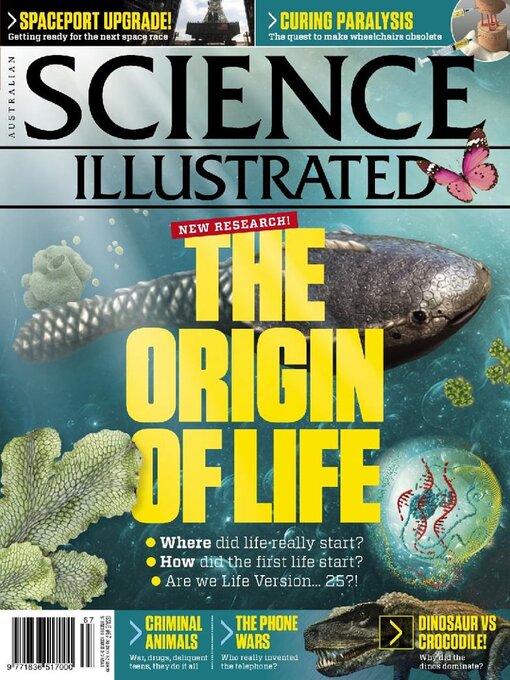
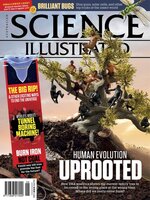 Issue 106
Issue 106
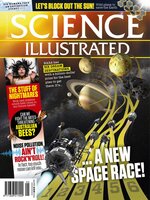 Issue 105
Issue 105
 Issue 104
Issue 104
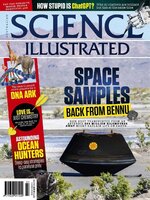 Issue 103
Issue 103
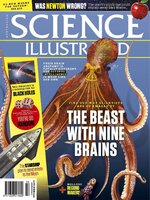 Issue 102
Issue 102
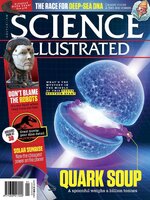 Issue 101
Issue 101
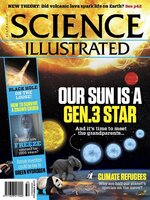 Issue 100
Issue 100
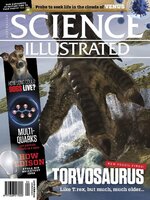 Issue 99
Issue 99
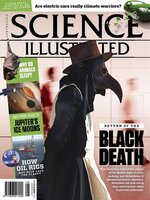 Issue 98
Issue 98
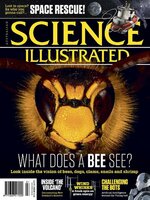 Issue 97
Issue 97
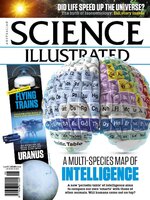 Issue 96
Issue 96
 Issue 95
Issue 95
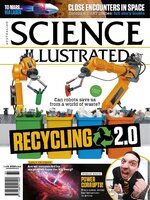 Issue 94
Issue 94
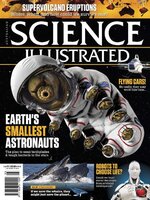 Issue 93
Issue 93
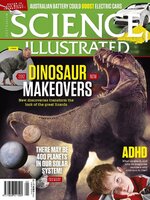 Issue 92
Issue 92
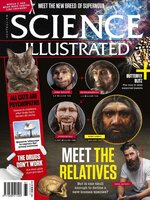 Issue 91
Issue 91
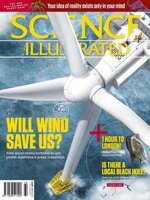 Issue 90
Issue 90
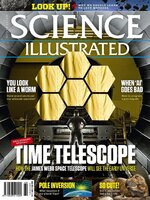 Issue 89
Issue 89
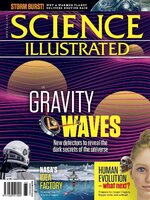 Issue 88
Issue 88
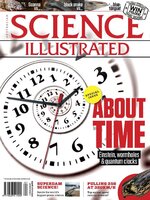 Issue 87
Issue 87
 Issue 86
Issue 86
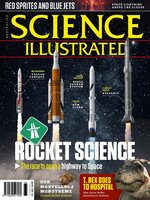 Issue 85
Issue 85
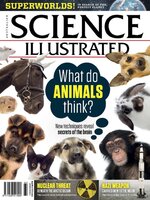 Issue 84
Issue 84
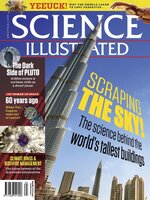 Issue 83
Issue 83
